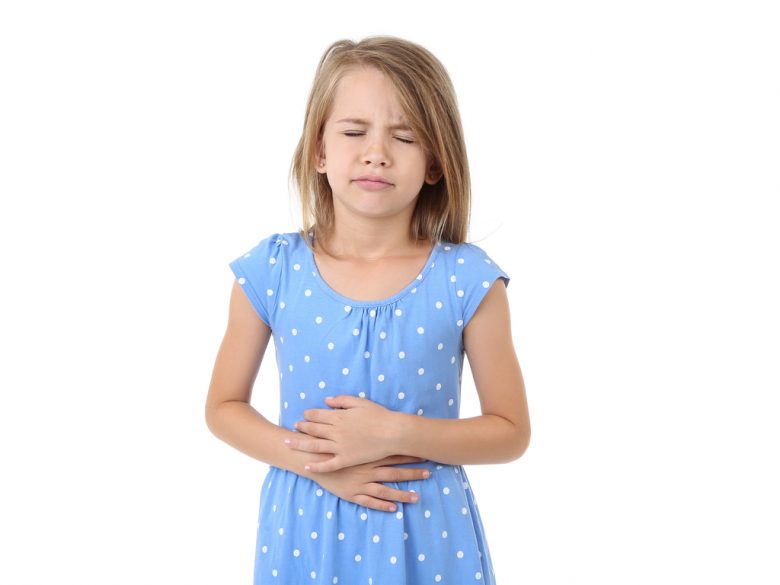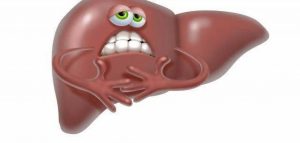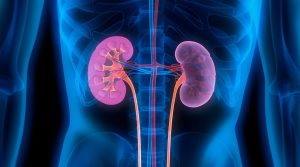Diagnosing abdominal pain in a child is sometimes challenging, even for an experienced clinician. After all, children, especially of preschool age, are not able to indicate a certain zone of pain and to note stool disturbances. And parents can not always remember the connection of the symptom with food intake or other provoking factors. So, what should be remembered if a child complains of abdominal pain? And when should you not postpone a visit to the doctor?
How does pain appear
Most of the digestive system does not have pain receptors, as such, and pain in the abdomen is caused by irritation of the membrane that covers the organs and separates them from each other (peritoneum).
This irritation can occur due to:
spasm (in children, more often intestines)
inflammation (edema),
or overstretching of the organ, and, accordingly, the peritoneum (for example, as a result of gas formation or obstruction).
And, depending on the reason, it is accompanied by a number of characteristic signs.
Qualitative differences
So, a catastrophe in the abdomen also has the name “acute abdomen”, is characterized by high intensity and non-permissibility, has a diffuse (with appendicitis, cholecystitis, pancreatitis) or cramping character (with intestinal obstruction, volvulus, strangulated hernia), accompanied by vomiting (often repeated), temperature reaction and, unlike food poisoning, stool and gas retention, and not diarrhea.
Treatment of such pathologies requires the mandatory participation of a pediatric surgeon and urgent research:
clinical blood test with leukoformula (increase in leukocytes) (0.D2.202),
general urine analysis (differential diagnosis with kidney pathology, pain in which can “give” to the abdomen),
Abdominal ultrasound
and, if necessary, X-ray examination with contrast.
And to clarify the degree of the inflammatory process, depending on the results of ultrasound and X-ray studies, a blood test may be prescribed for:
pancreatic amylase and lipase (if acute pancreatitis is suspected),
total bilirubin, Gamma-HT and alkaline phosphatase (with signs of acute cholecystitis).
By the way, the same analyzes are also shown with a less pronounced nature of pain, but it occurs regularly and is associated with food intake.
And the main analysis, outside of acute pathology, in this case is a coprogram (general analysis of feces), where you should pay attention to:
neutral fat (appears when there is a lack of bile or pancreatic enzymes)
fatty acids (in case of impaired intestinal absorption),
intracellular (a sign of gastric pathology),
and extracellular starch (lack of pancreatic amylase or too fast movement of food through the intestines),
as well as an increase in leukocytes
and the appearance of red blood cells (blood).
Intestinal causes of “chronic” abdominal pain https://en.wikipedia.org/wiki/Abdominal_pain include celiac disease (gluten intolerance), lactase deficiency (milk intolerance), as well as ulcerative enterocolitis and Crohn’s disease.
Wherein,
in the first case, a distinctive feature is the “special” fetid feces and antibodies to transglutaminase and endomysia in the blood;
in the second, the child’s feces acquire a foamy appearance and a sour smell, and the feces for carbohydrates can be used to confirm the diagnosis;
and the last two pathologies are characterized by the appearance of leukocytes, erythrocytes and calprotectin (the most effective marker of “intestinal” inflammation) in the feces.
It should also be remembered that “digestive” pathologies are accompanied by signs of vitamin deficiency, protein deficiency, anemia, impaired calcium metabolism (rickets, enamel destruction, fractures), skin pathologies (especially with celiac disease) and other deficiency conditions. Therefore, timely diagnosis of regular abdominal pain is necessary not only to maintain the health of the digestive system itself, but also the entire body as a whole.



